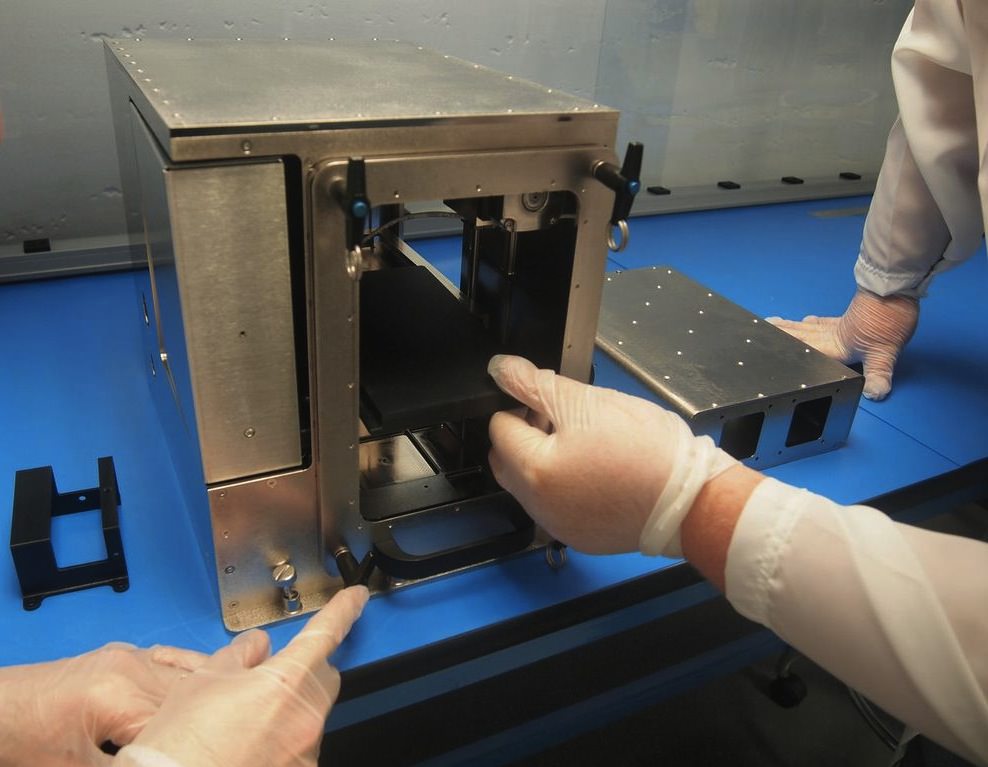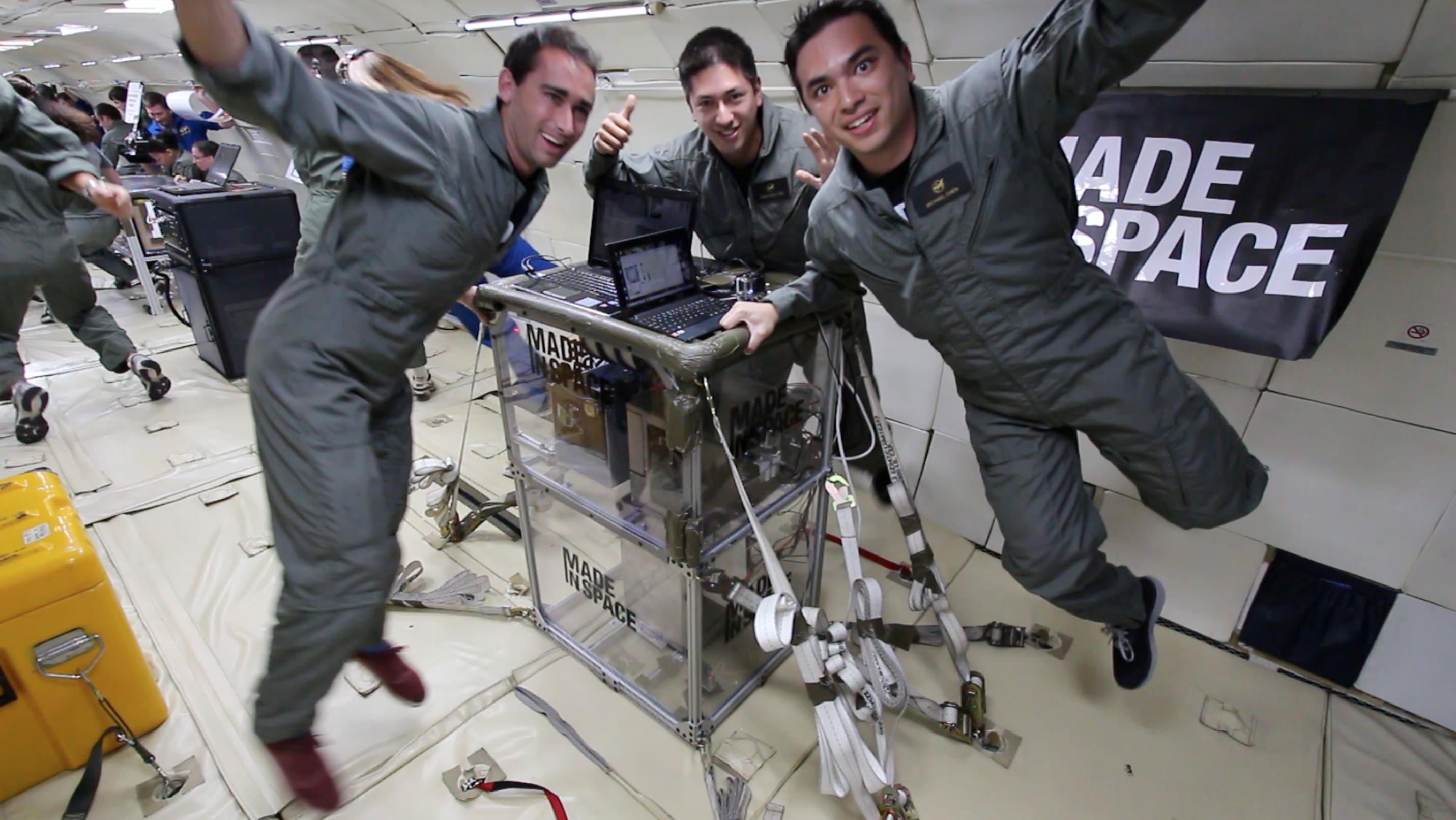The joke about home renovation projects is it takes at least three trips to the hardware store to finish the work. In space, of course, spare parts are a lot harder to come by, meaning astronauts might have to wait for a spacecraft shipment, if, say, the toilet breaks. (Yes, this yucky situation has happened before.)
Some spare parts could be manufactured in space as early as next year, though, providing a 3-D printer passes all the preliminary steps. It recently got a big boost in that direction after passing its microgravity tests successfully, but there are still environmental tests to come, said the company that was behind the work.
“The 3-D printer we’re developing for the ISS is all about enabling astronauts today to be less dependent on Earth,” stated Noah Paul-Gin, the lead for the microgravity experiment.
“The version that will arrive on the ISS next year has the capability of building an estimated 30% of the spare parts on the station, as well as various objects such as specialty tools and experiment upgrades.”

The firm tested the printer during four flights that, in part, simulated microgravity. They were on a specially designed airplane that flies parabolas, meaning it climbs and then briefly simulates, roller-coaster style, microgravity during the plunge before climbing again. (Each microgravity test is only about 30 seconds long.)
“The unique challenges posed by off-Earth 3-D printing require technology and hardware specifically adapted for space. In these microgravity tests, Made in Space assessed layer adhesion, resolution and part strength in the microgravity environment,” the company added.
After Made in Space received a contract for the 3D printer a couple of years ago, it flew three prototype versions that collectively were in microgravity 32 times.
If this printer makes it to space and performs well, it will add to the excitement of 3-D printing that has been swirling around the space community lately.
A study led by NASA recently investigated the possibility of using 3-D printing in association with creating robots to work on asteroids. Astronauts on the station could also have a food replicator of sorts on board the station, too, if a grant awarded to Systems & Materials Research Corperation this May pans out.
Source: Made In Space

